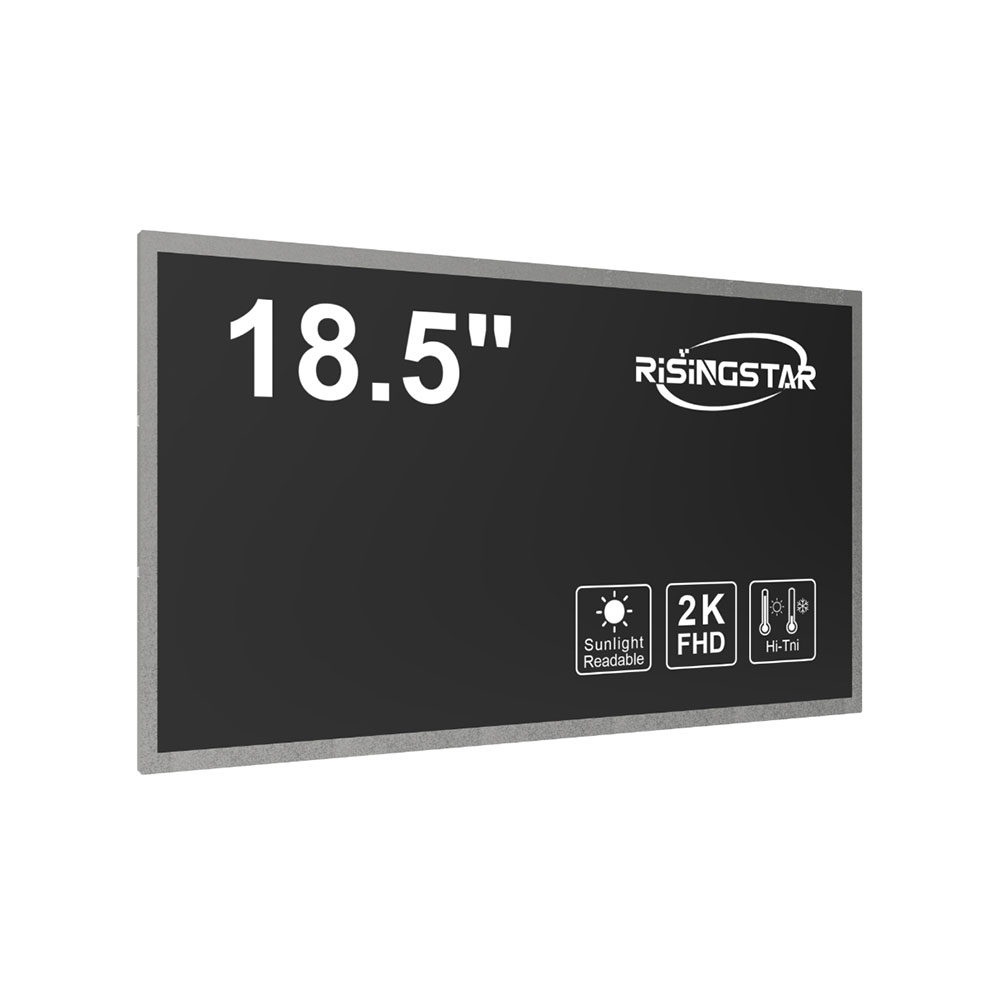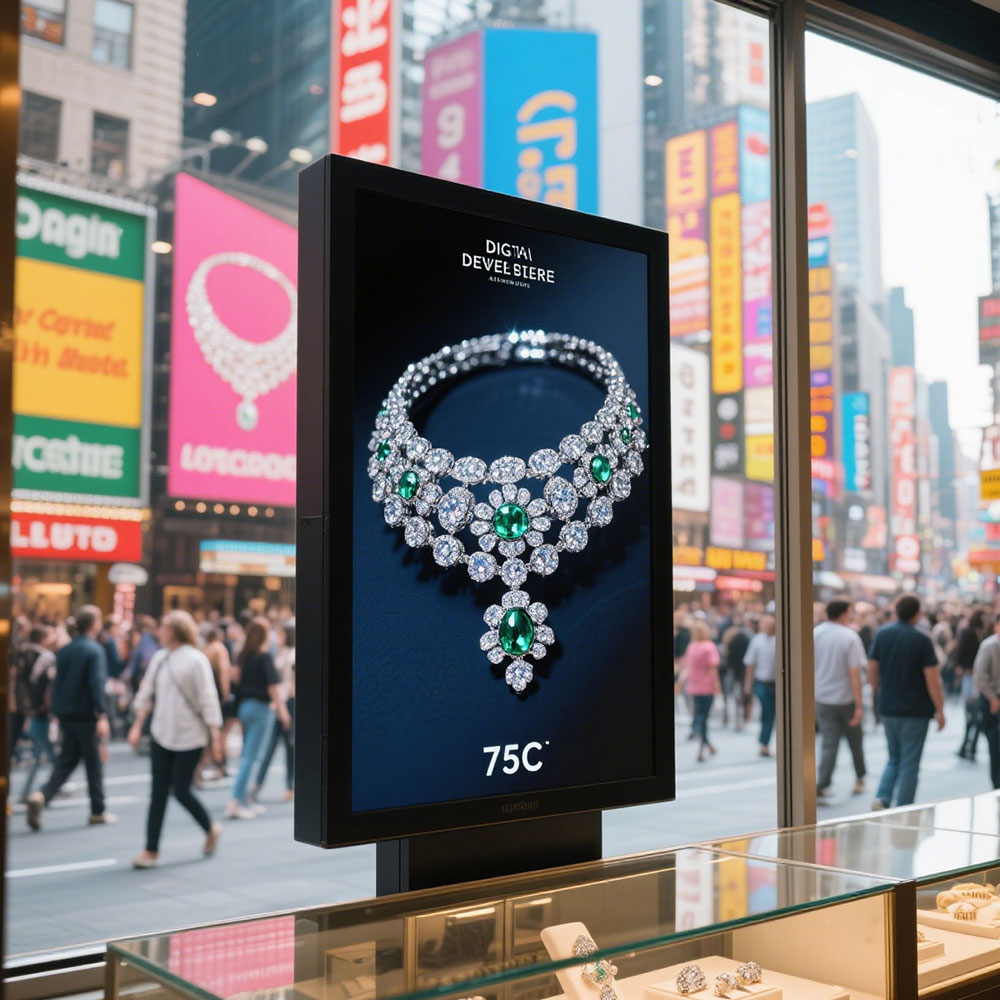Sunlight readable high brightness LCD screens are engineered to maintain visibility under direct sunlight, making them indispensable in outdoor and industrial environments. These displays typically operate at brightness levels of 3,000 to 5,000 nits—far exceeding standard indoor LCDs (250–500 nits)—to ensure clarity even in intense solar conditions. This technology is widely used in automotive dashboards, military equipment, public transportation systems, construction machinery, and digital signage in urban settings.
One of the key advantages of these displays is their superior contrast ratio, achieved through advanced anti-reflective coatings, polarized filters, and high-brightness LED backlighting. For example, a study by the Society for Information Display (SID) found that properly tuned sunlight-readable LCDs reduce eye strain by up to 40% compared to non-optimized displays in outdoor use. Additionally, modern designs incorporate ambient light sensors that automatically adjust brightness based on environmental conditions—a feature now standard in many high-end industrial-grade displays.

However, common problems persist. Thermal management remains a challenge—high brightness LEDs generate significant heat, which can shorten display lifespan if not properly dissipated. Another frequent issue is glare reduction failure due to improper screen coating or mechanical damage from dust, moisture, or impact. According to a 2023 report by Industrial Automation Magazine, over 60% of field failures in outdoor LCDs stem from inadequate sealing (IP65 or higher protection) or subpar optical bonding.

The latest trend in this domain is the integration of micro-LED and OLED technologies into sunlight-readable displays. Micro-LED offers ultra-high brightness (>10,000 nits), excellent color accuracy, and lower power consumption than traditional LCDs—ideal for next-gen military and aerospace applications. Meanwhile, OLED-based solutions provide deeper blacks and wider viewing angles, though they remain more expensive and less durable under extreme UV exposure.
Manufacturers like LG Display, Sharp, and Panasonic continue to invest heavily in R&D for improved optical bonding techniques and ruggedized housings. Industry standards such as MIL-STD-810G for environmental durability and ISO 16750 for automotive electronics guide design compliance, ensuring reliability in real-world deployments. As demand grows in smart cities and autonomous vehicles, sunlight-readable LCDs are evolving beyond basic visibility—they’re becoming intelligent, adaptive interfaces embedded with AI-driven optimization features.







